A Beginner’s Guide to Macro Photography
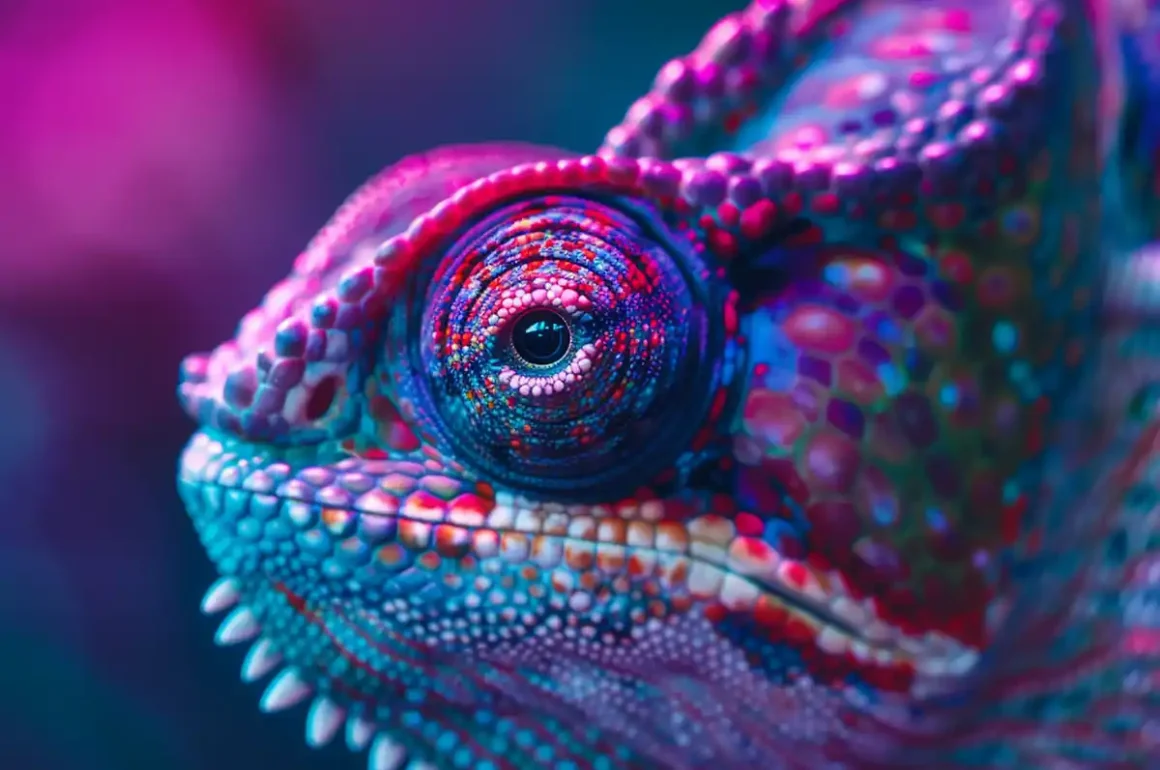
Unlock the secrets of close-up magic with our guide to Macro Photography. Discover tips and tricks for capturing stunning details and breathtaking images
Photography captivates with its diverse perspectives—angles, lenses, and variables transform everyday subjects into captivating visuals. Macro photography, with its close-up focus and sharp detail, highlights this transformation by revealing beauty in the mundane.
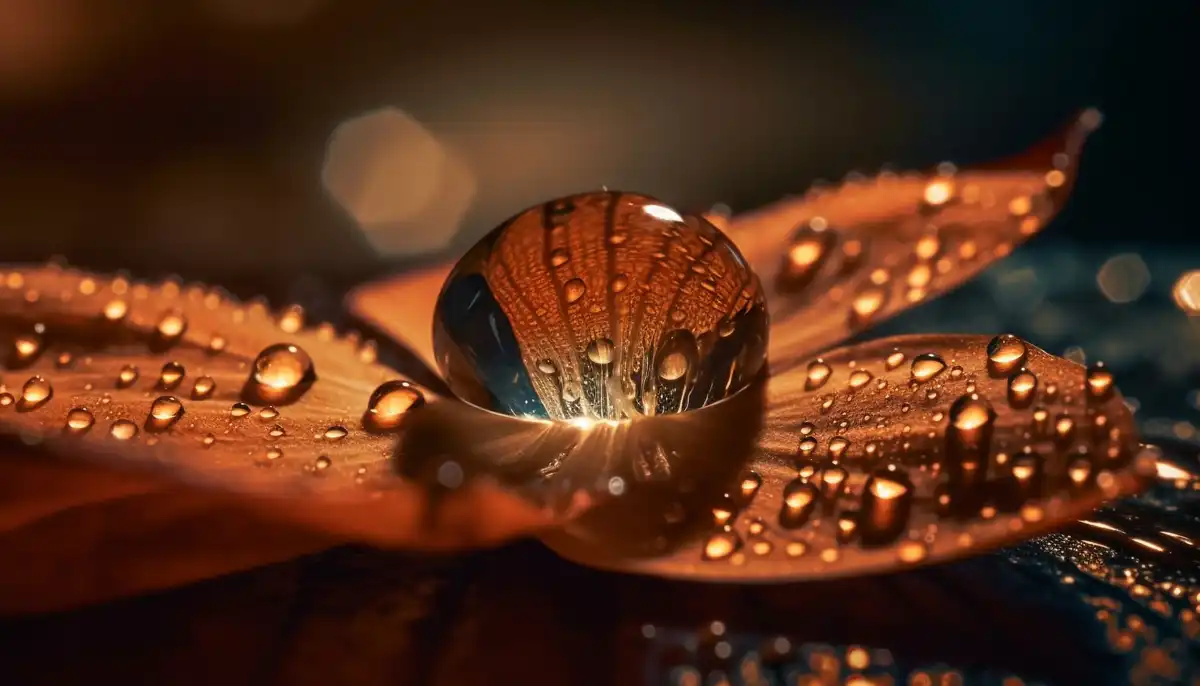
Macro photography allows us to explore a hidden world that we often overlook. It’s like finding beauty in the tiniest details.” – Hannah Maynard, Canadian photographer
This guide to macro photography will introduce you to the basics of macro photography, including essential equipment and skills, and provide tips and techniques to help you master this intriguing style.
Let’s dive in!
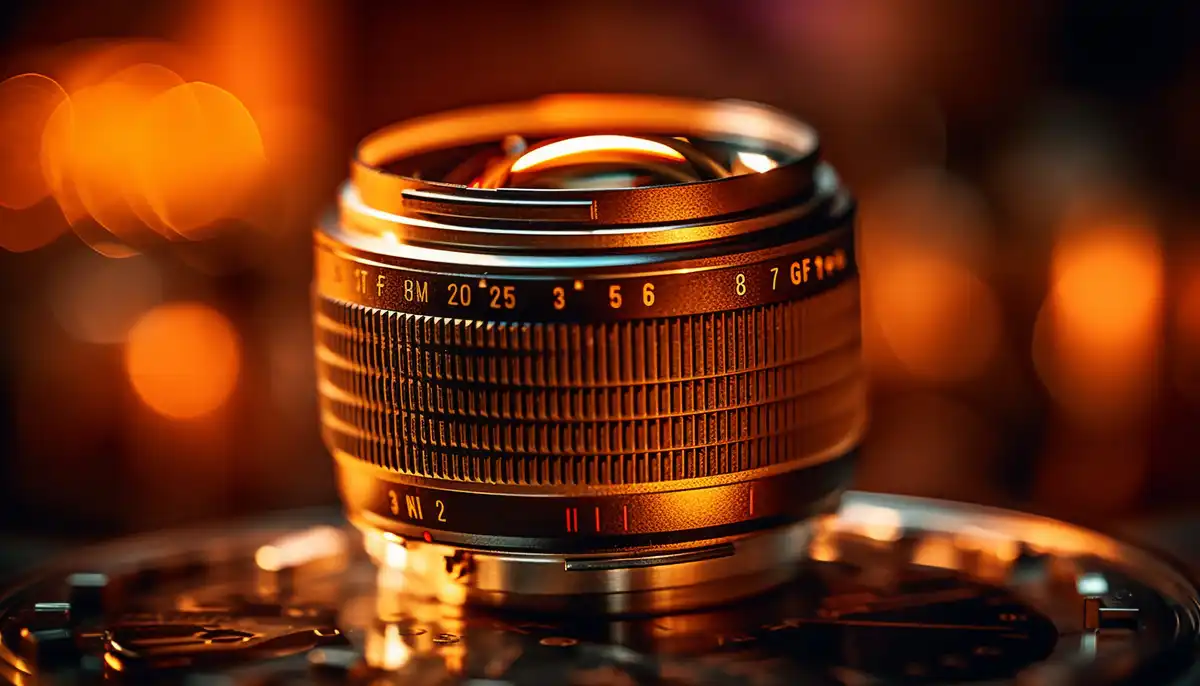
What is Macro Photography?
At its core, macro photography involves capturing small subjects at a high magnification, often at life size or larger. Imagine photographing a single dew drop on a spider’s web and seeing every minuscule detail.
Macro photography magnifies the minute, turning the ordinary into something extraordinary. The essence of macro photography is all about magnification—making small objects appear larger and more detailed in your shots.
Camera Settings for Macro Photography
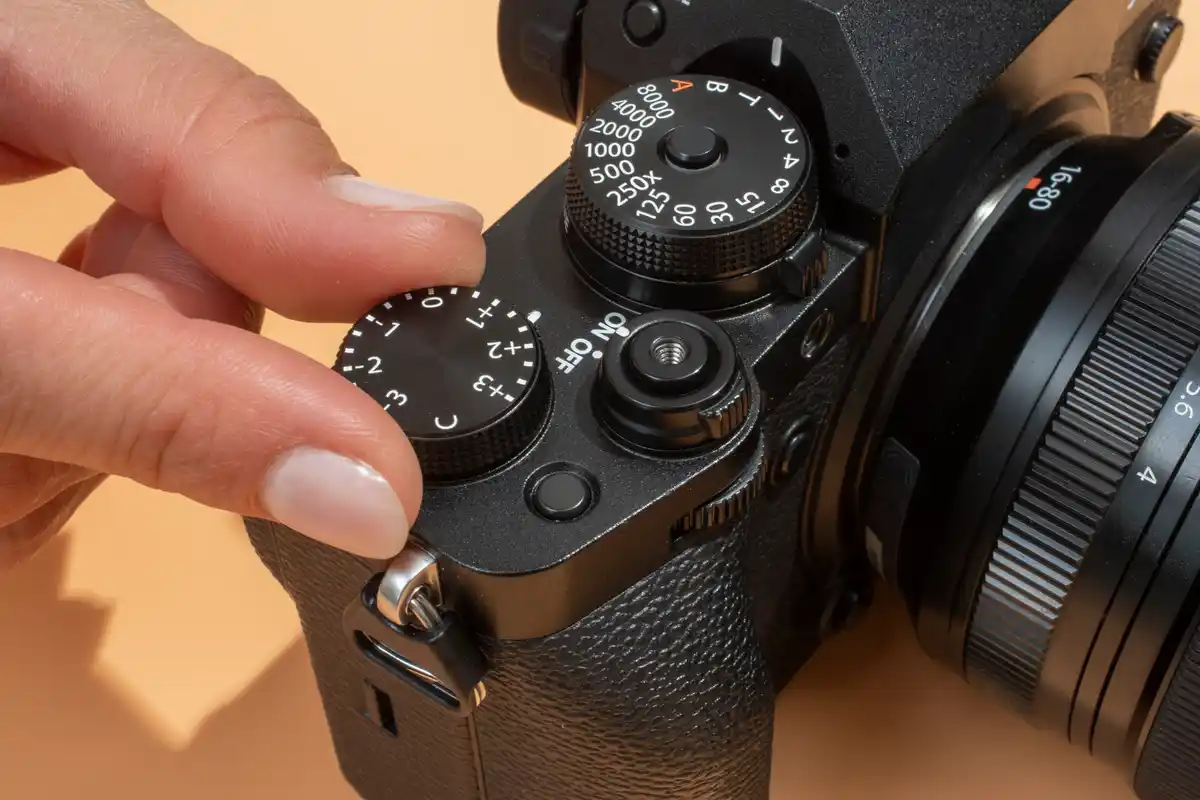
Exposure Settings
The key to successful macro photography lies in mastering your camera’s settings. While it may seem like a simple task, achieving the perfect exposure for macro shots requires careful balancing of shutter speed, aperture, and ISO.
To minimize blur and maintain a sharp focus, you need to understand the nuances of these settings. For instance, use the “one over focal length” rule to determine your shutter speed and adjust your aperture to control depth of field. In macro photography, maintaining a high shutter speed is crucial to counteract camera shake, especially given the close working distances involved.
Manual Focus vs. Autofocus
Deciding between manual and autofocus can significantly impact your macro photography. While manual focus offers precise control over depth of field, autofocus can be beneficial for capturing fast-moving or unpredictable subjects. Continuous autofocus (AF-C) is ideal for tracking moving subjects, while different autofocus area modes can help you achieve the sharpest focus.
Essential Gear for Macro Photography
Cameras and Lenses
Although any camera can technically be used for macro photography, specialized gear can enhance your results. Mirrorless cameras are popular due to their high-resolution sensors and precise focus capabilities. However, film enthusiasts may find medium format cameras appealing for their superior detail and image quality.
When it comes to lenses, you have options: macro lenses provide high magnification and sharpness, while close-up filters and extension tubes offer more affordable alternatives. A dedicated macro lens, though more expensive, simplifies your setup and delivers exceptional results with minimal hassle.
Lighting
Proper lighting is crucial for capturing the fine details in macro photography. Natural light is often preferred, but it may not always provide sufficient exposure. Ring lights and flashes can supplement natural light, offering even illumination and reducing harsh shadows. Ring lights, in particular, provide a consistent light source around your lens, though they may require some practice to perfect.
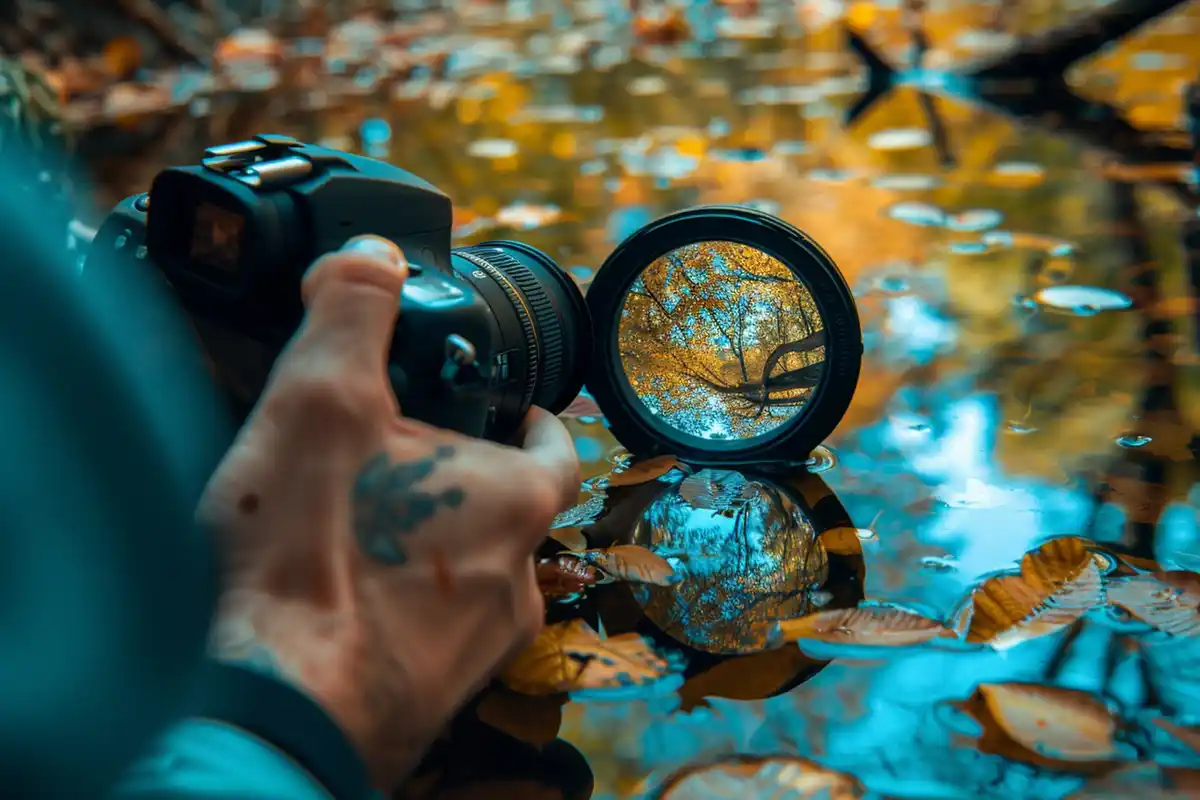
Choosing Subjects for Macro Photography
Macro photography offers endless possibilities, from insects and flowers to everyday objects. Insects, with their vibrant colors and intricate details, make fascinating subjects. Similarly, flowers and plants provide a rich array of textures and patterns. For something unconventional, consider photographing machinery or food, where even the mundane can reveal surprising beauty.
Quick Tips and Techniques
- Control Camera Shake:
Use a tripod to stabilize your camera and avoid blur. Even with a high shutter speed, the close working distance in macro photography makes a tripod essential.
- Maximize Depth of Field:
In macro photography, depth of field is often very thin. To enhance focus, consider using focus stacking—taking multiple shots at different focus points and combining them to achieve greater depth of field.
- Compose Thoughtfully:
Pay attention to composition techniques like the rule of thirds and leading lines. Proper composition can make your macro shots more engaging and visually appealing.
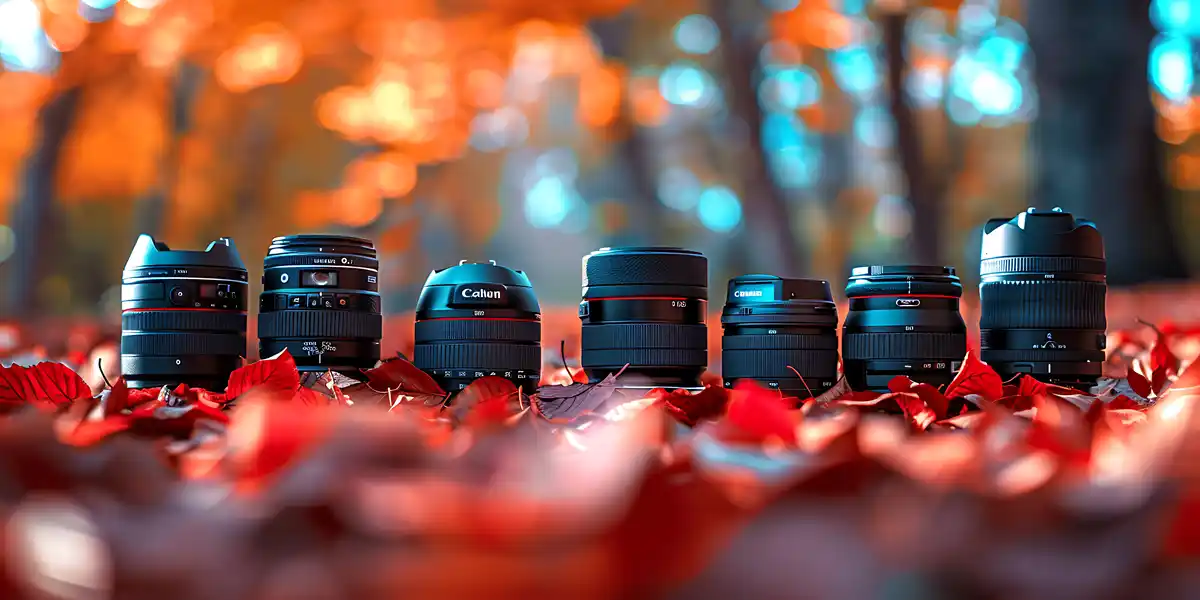
Macro photography, like any photographic discipline, is both an art and a skill. Mastering the technical aspects and developing a keen eye for composition will enable you to capture stunning, detailed images of the world’s smallest subjects.
While it may seem daunting, the journey of exploring macro photography is as rewarding as the images you’ll create.
Dive into the world of macro photography with this guide to macro photography, and discover the incredible details that lie just beneath the surface.



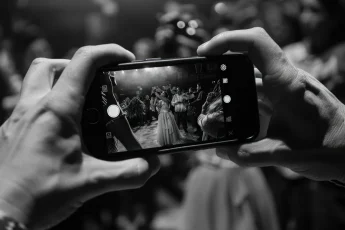
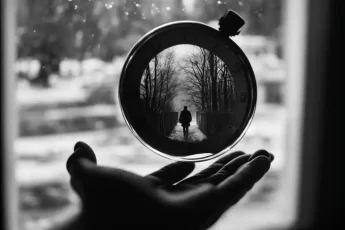

 Welcome to this vibrant corner of the internet—"Dreamy Grace!" This lifestyle blog is a space for inspiration, creativity, and connection. Feel free to explore, engage, and share your thoughts—after all, this blog is just as much yours as it is ours. Happy reading!
Welcome to this vibrant corner of the internet—"Dreamy Grace!" This lifestyle blog is a space for inspiration, creativity, and connection. Feel free to explore, engage, and share your thoughts—after all, this blog is just as much yours as it is ours. Happy reading!


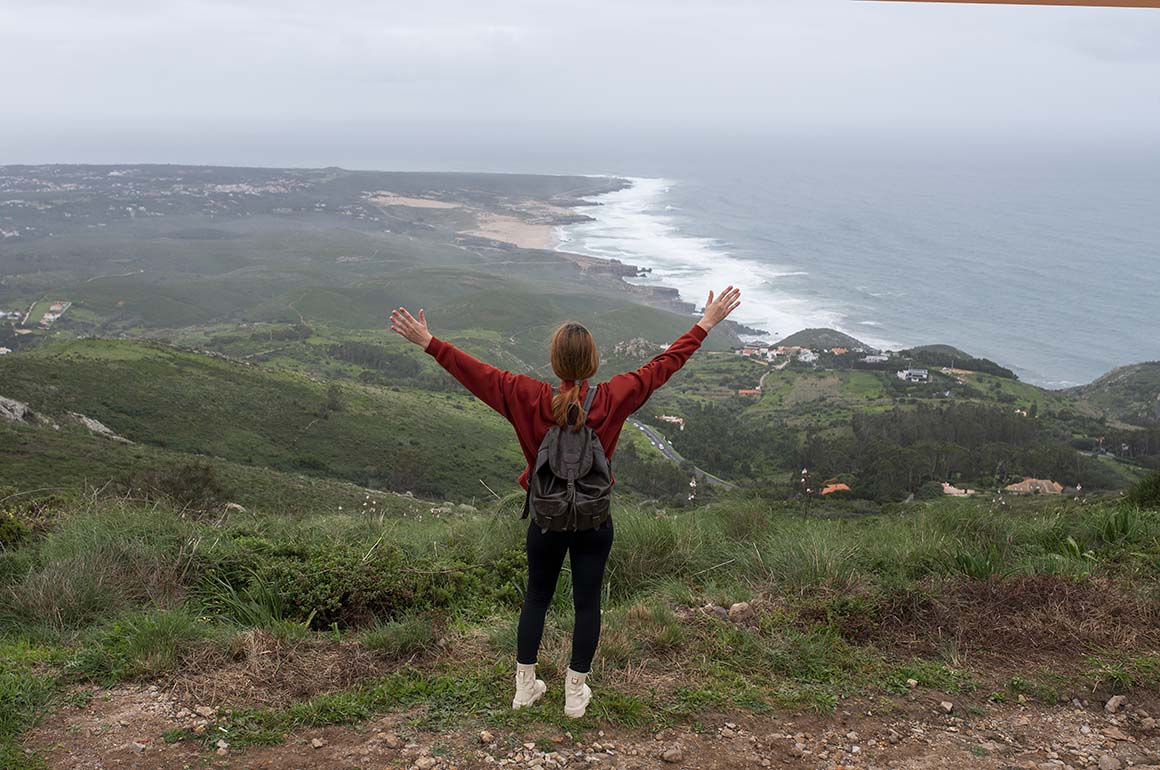


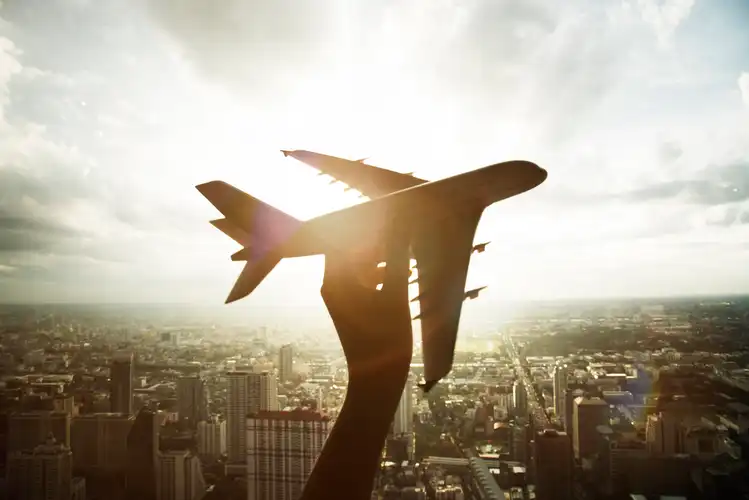


Leave a Comment